Tea Types
There are hundreds of different types of tea - but how well do you know the primary types of tea?
Black tea

Black tea, also translated to red tea in various East Asian languages, is a type of tea that is more oxidized than oolong, yellow, white and green teas. Black tea is generally stronger in flavour than other teas. All five types are made from leaves of the shrub (or small tree) Camellia sinensis, though Camellia taliensis is also used rarely.
Two principal varieties of the species are used – the small-leaved Chinese variety plant (C. sinensis var. sinensis), used for most other types of teas, and the large-leaved Assamese plant (C. sinensis var. assamica), which was traditionally mainly used for black tea, although in recent years some green and white teas have been produced.
First originating in China, the beverage's name there is hong cha (Chinese: 紅茶, "red tea") due to the color of the oxidized leaves when processed appropriately. Today, the drink is widespread throughout East and Southeast Asia, both in consumption and harvesting, including in China, Japan, Korea and Singapore. Similar variants are also available in South Asian countries.
While green tea usually loses its flavour within a year, black tea retains its flavour for several years. For this reason, it has long been an article of trade, and compressed bricks of black tea even served as a form of de facto currency in Mongolia, Tibet and Siberia well into the 19th century.
White tea
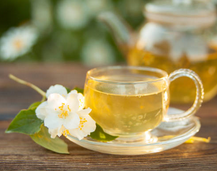
The least processed form of tea, picked from the first buds (and thus the rarest and most expensive).
As the leaves are very delicate, the tea is prepared at the lowest temperatures.
Green tea
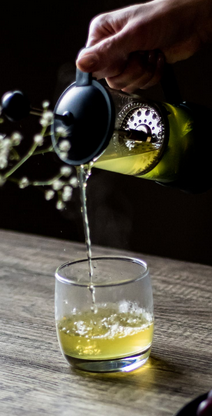
Green tea is made from the unfermented leaves of Camellia sinensis by quick drying, and thus has limited amounts of tannin. It is produced in China, Japan, Sri Lanka (Ceylon) and elsewhere.
There are various flavours and types of green tea: some commercial firms produce lemon, mint and Earl Grey Tea flavoured green teas.
Green tea has several health benefits, partly because of the fluoride element in the tea leaves. Green tea is one of the most widely consumed teas in the entire world. It was initially used as a medicine for thousands of years in China and is now widely used all over Asia. It is made using the leaves of Chinese Camellia sinensis plant that are quickly heated after picking either by steaming or by dry cooking to minimize oxidation. Besides being a tasty beverage, green tea has a unique set of natural chemicals that provide a host of health benefits. It can also be used as a mouthwash. It is used in some sweets.
Oolong tea

Oolong is a traditional Chinese tea (Camellia sinensis) produced through a unique process including withering under the strong sun and oxidation before curling and twisting. Most oolong teas, especially those of fine quality, involve unique tea plant cultivars that are exclusively used for particular varieties. The degree of fermentation can range from 8% to 85%, depending on the variety and production style. This tea category is especially popular with tea connoisseurs of south China and Chinese expatriates in Southeast Asia, as is the tea preparation process that originated from this area: gongfu tea-making, or the gongfu tea infusion approach.
Different varieties of oolong are processed differently, but the leaves are formed into one of two distinct styles. Some are rolled into long curly leaves, while others are 'wrap-curled' into small beads, each with a tail. The former style is the more traditional of the two.
Pu-erh tea
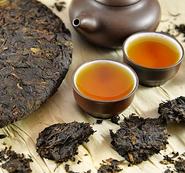
Pu'er (or "pu-erh") is a variety of fermented tea traditionally produced in Yunnan Province, China.
As the tea undergoes controlled microbial fermentation, it also continues to oxidize, which is also controlled, until the desired flavors are reached. This process produces tea known as 黑茶 hēichá (lit. 'black tea') (which is different from the English-language black tea that is called 红茶 hóngchá (lit. 'red tea') in Chinese). Pu'er falls under a larger category of fermented teas commonly translated as dark teas.
Rooibos tea
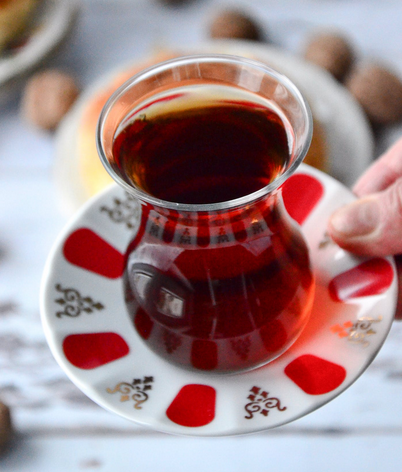
Rooibos, is a broom-like member of the plant family Fabaceae that grows in South Africa's fynbos biome.
The leaves are used to make a herbal tea that is called rooibos (especially in Southern Africa), bush tea, red tea, or redbush tea (predominantly in Great Britain).
The tea has been popular in Southern Africa for generations and, since the 2000s has gained popularity internationally. The tea has an earthy flavour that is similar to yerba mate or tobacco.
Yellow tea

Yellow tea is produced in a similar manner to green tea, yet with a slower drying phase.
Purple tea
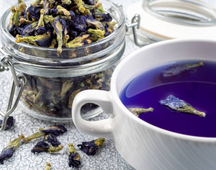
Purple tea originates in Kenya, and due to the presence of super-antioxidants called anthocyanins, the organically-grown purple tea leaves are actually purple. Purple tea is made with a similar process to Green tea, but has more antioxidants, less caffeine, and a totally delicious, award-winning taste.
The rolling hills of Kenya is the only place in the world that purple tea grows. Kenya has produced tea since the early 1900’s, but this unique Purple tea was first grown in 2011. Organically grown on small-scale mashamba (farms), every purchase of Purple tea supports tea farming communities in Western Kenya.
Herbal tea
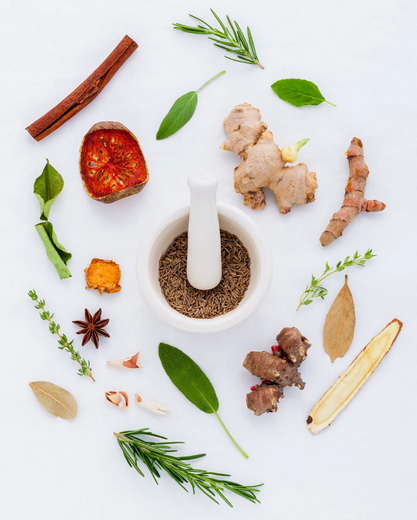
Herbal teas, also known as herbal infusions and less commonly called tisanes, are beverages made from the infusion or decoction of herbs, spices, or other plant material in hot water. Oftentimes herb tea, or the plain term tea, is used as a reference to all sorts of herbal teas. Many herbs are used in herbal medicine. Some herbal blends contain actual tea (e.g., the Indian classic masala chai).
The term "herbal" tea is often used in contrast to the so-called true teas (e.g., black, green, white, yellow, oolong), which are prepared from the cured leaves of the tea plant, Camellia sinensis. Unlike true teas (which are also available decaffeinated), most tisanes do not naturally contain caffeine. There are a number of plants, however, that do contain caffeine or another stimulant, like theobromine, cocaine or ephedrine. Some have the opposite effect, acting as a sedative. Some common infusions have specific names such as coffee, mate (yerba mate), and rooibos (red bush).
Now that you know everything you ever wanted to know about tea, if you're still looking for an excuse to drink it, feel free to email askingsantafireman@gmail.com, who will be more than happy to take your order!

